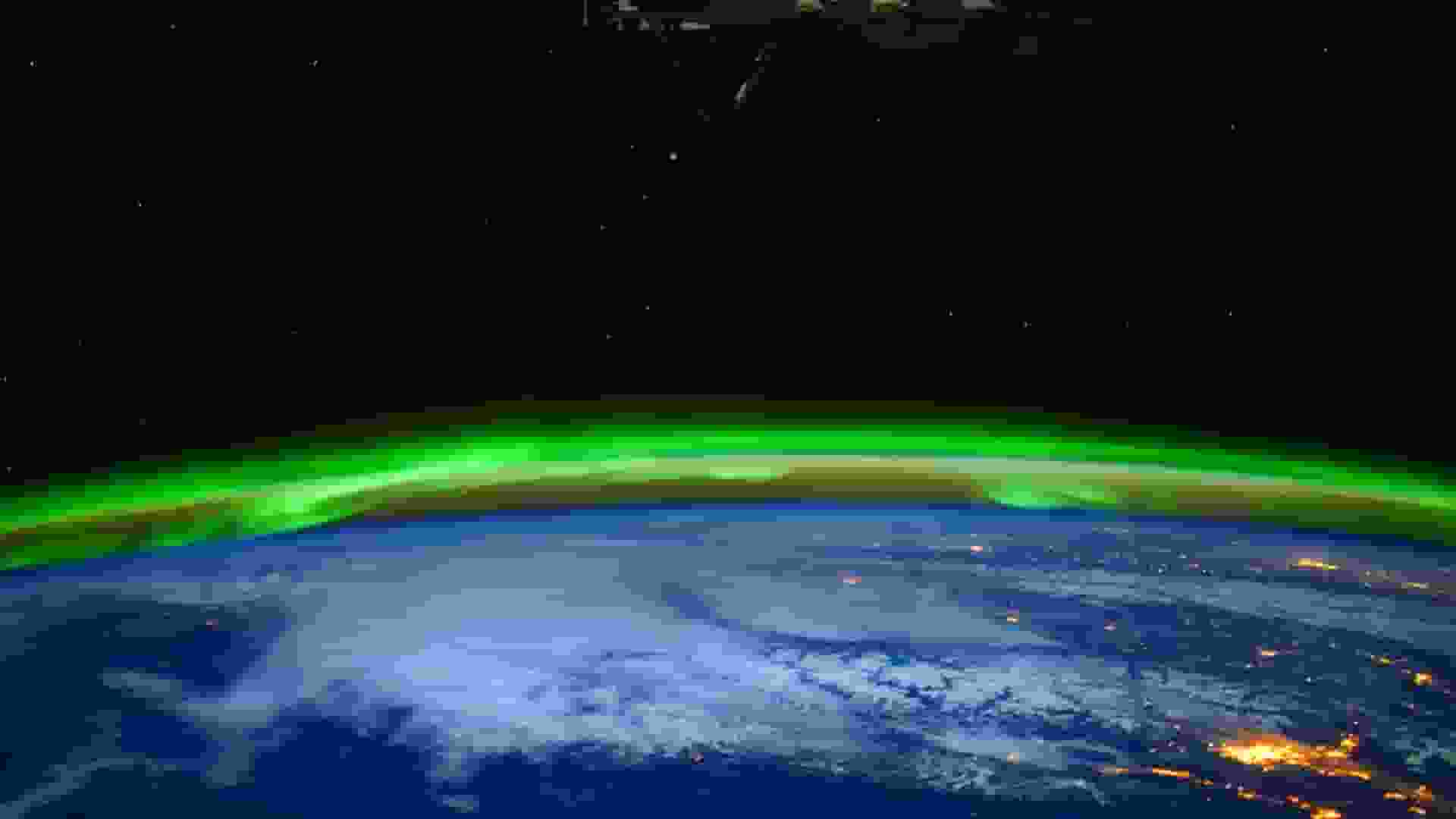
Auroras are dynamic patterns of bright lights dancing in the sky that have long enthralled humans. Indeed, spectacular videos and photographs of the natural phenomenon shared on social media never fail to captivate viewers.
A recent popular image taken by NASA astronaut Josh Cassada is one such example. He captured a spectacular image of a light show from an unusual vantage point. ISS has now published a video of the same performance that has wowed viewers.
Spectacular Aurora Seen From Space
NASA astronaut Josh Cassada was fortunate enough to witness the uncommon aurora from a unique vantage point. NASA astronauts Josh Cassada and Koichi Wasada of the Japan Aerospace Exploration Agency obtained this image of the northern lights sparkling green against the natural golden glow of our planet’s night sky atop the International Space Station.
Cassada captioned the photo “Absolutely Amazing” on Twitter. The same day, another tweet displayed similarly incredible space views of auroras.
Read more: NASA: 2 of the brightest planets will be close together; How to watch?
When Is The Best Time To Witness Auroras?

During the night, the sky emits a soft light known as nightglow. This occurs when molecules that have been disrupted by solar radiation during the day reunite. Nightglow is always present in the sky.
Aurora, on the other hand, is a more sporadic occurrence. It happens when solar wind particles collide with the Earth’s magnetic field.
These winds are then exchanged and accelerated along magnetic field lines to higher latitudes around the north and south poles, where they shower down into the atmosphere’s top layer.
Once here, the solar wind particles combine with atmospheric particles, resulting in the dancing green lights that spread throughout the night sky.
Auroras are now more regularly visible in the United States and certain parts of Canada, although previously they could only be seen in the far north, including Iceland, Scandinavia, and Greenland.
The month of February was quite thrilling, with multiple intense X and M-class flares—the sun’s most powerful flares category.
Although the current cycle is more important than official predictions, the sun’s activity has not exceeded typical levels, leaving any element to be concerned.
A sufficiently intense flare can cause a geomagnetic storm. A geomagnetic storm is powerful enough to interfere with radio and satellite communications and harm electrical infrastructures. There is no chance of such an occurrence occurring in the near future.
Read more: $1,000 Property Tax Rebate for Colorado residents; When is the application’s due date?

